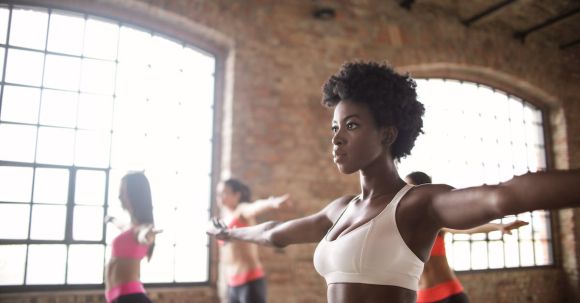When it comes to excelling in sports, it’s not just about having the right skills and techniques. It’s also about having a strong and powerful body that can handle the demands of the game. That’s where sports-specific exercises come in. By tailoring your training to the specific demands of your sport, you can enhance your performance and take your game to the next level. In this article, we will delve into the importance of sports-specific exercises and explore some examples that can power up your play.
Understanding the Importance of Sports-specific Exercises
Sports-specific exercises are designed to mimic the movements and requirements of your chosen sport. By focusing on the specific muscles and energy systems used in your sport, these exercises can help you develop the strength, endurance, and agility needed to excel on the field, court, or track.
The Benefits of Sports-specific Exercises
1. Improved Performance: By training using exercises that closely replicate the movements of your sport, you can improve your performance in specific areas. For example, a basketball player can work on their vertical jump, while a tennis player can focus on rotational power.
2. Injury Prevention: Sports-specific exercises can also help prevent injuries by strengthening the muscles and joints used in your sport. By targeting weak areas and improving your overall strength and stability, you can reduce the risk of common sports injuries.
3. Increased Efficiency: Sports-specific exercises can also help you become more efficient in your movements. By training your body to move in the most effective and efficient way for your sport, you can conserve energy and improve your overall endurance.
Sports-specific Exercises for Different Sports
1. Soccer: Soccer players can benefit from exercises that focus on agility, speed, and lower body strength. Examples include ladder drills, cone drills, and single-leg squats.
2. Tennis: Tennis players can improve their power and endurance by incorporating exercises that focus on rotational movements and core strength. Examples include medicine ball twists, Russian twists, and planks.
3. Basketball: Basketball players can enhance their vertical jump and explosive power with exercises such as box jumps, jump squats, and plyometric push-ups.
4. Swimming: Swimmers can benefit from exercises that strengthen their upper body and core muscles. Examples include pull-ups, medicine ball throws, and flutter kicks.
5. Running: Runners can improve their speed and endurance with exercises that focus on leg strength and cardiovascular fitness. Examples include hill sprints, lunges, and interval training.
Incorporating Sports-specific Exercises into Your Training
To incorporate sports-specific exercises into your training, it’s important to first identify the specific movements and muscle groups used in your sport. Once you have a clear understanding of these requirements, you can design a training program that targets these areas.
Start by incorporating a mix of strength training, plyometrics, and agility drills into your workouts. Gradually increase the intensity and difficulty of your exercises as your strength and fitness improve.
Remember to also include rest days and recovery techniques in your training program to allow your body to repair and rebuild. This will help prevent overuse injuries and ensure that you’re able to perform at your best on game day.
In conclusion, sports-specific exercises are a crucial component of any athlete’s training program. By tailoring your workouts to the specific demands of your sport, you can enhance your performance, prevent injuries, and increase your overall efficiency. So, power up your play by incorporating sports-specific exercises into your training routine and watch your game reach new heights.





